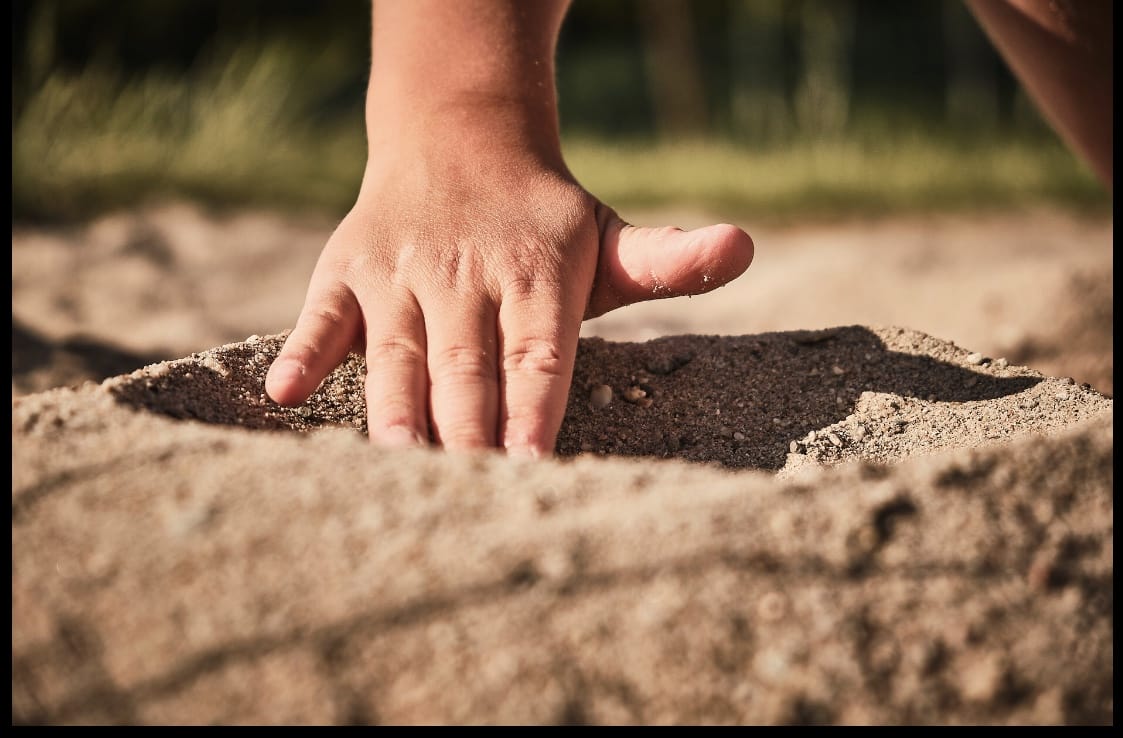I talked about mindful parenting awhile back, but that post focused more on self-awareness for the parent, rather than on techniques parents can teach their children about mindfulness. Today I want to highlight a few easy ways you can teach kids to be mindful of the present moment, whether you are a parent, teacher, or other youth leader.
- Mindfulness Corner: A mindfulness corner is a quiet space where children (or teens) can get away when they feel overwhelmed, tired, or cranky. Designate a quiet area in your home or classroom, and ask your child(ren) to help you create a space where they can just be. Fill it with all sorts of comfort items–blankets, pillows, books, pictures, special toys. Remember: this is NOT a time out corner. Even though it might be a space for a children to go when they are feeling upset, it is NOT to be used as punishment. It’s a place to be alone, reflect, and reset.
- Using the Senses: Helping children become aware of their senses can be an excellent lesson in mindfulness. During any activity, ask children to notice what they see, feel, hear, taste, smell. For example, let’s say you are playing in the sand. Ask them how the sand feels between their fingers? Help them to find vocabulary to describe it. Does it feel gritty? Rough? Soft? Cool? Warm? Continue with questions about what they see, hear, and smell.
- Mindful Eating as a Family: Mealtime is a great place for families to practice mindfulness together. Eating mindfully can help you slow down, appreciate, and truly taste your food. Plus, it has added health benefits like improved digestion and awareness of being full. Teach your children to chew slowly, becoming fully aware of the color, taste, and textures of their food. Model mindful statements, such as, “These carrots are so pretty and orange. And they taste sweet to me. What do you think?” This is also a great idea for teachers during lunch or snack time.
- Mindful walks: Spend some time outside walking together as a family (or as a class). Take in everything you see, hear, smell as you walk. Pay attention to how your feet feel against the ground as you take each step. Feel the breeze on your face. As you walk, model sensory statements: “I can feel and hear the leaves crunch under my feet. Can you?”
- Body Scan: It’s important for children and teens to be able to recognize where they feel tension, pain, or stress in the body. In this way, they are learning to hear what their bodies are trying to tell them. Starting from the top of the head, work your way down–neck, shoulders, chest, stomach, arms, hands, legs, feet. Guide children to check in with how each part feels. For younger children, you may need to model how you feel yourself: “I’m checking in on my tummy. It feels rumbly. I must be hungry.”
- Breathing: Learning to take deep, mindful breaths is one of the first keys to stress management and relaxation. Younger children find it helpful to imagine something as they breathe. For example, you can ask them to breathe in slowly through their nose, and breathe out to cool off a cup of hot cocoa or to blow an imaginary bubble in the air. Start with 3 deep breaths and work your way up from there.
Hopefully these techniques will help you and your kiddos to take a break and notice your own bodies and the world around you. Stay mindful!








